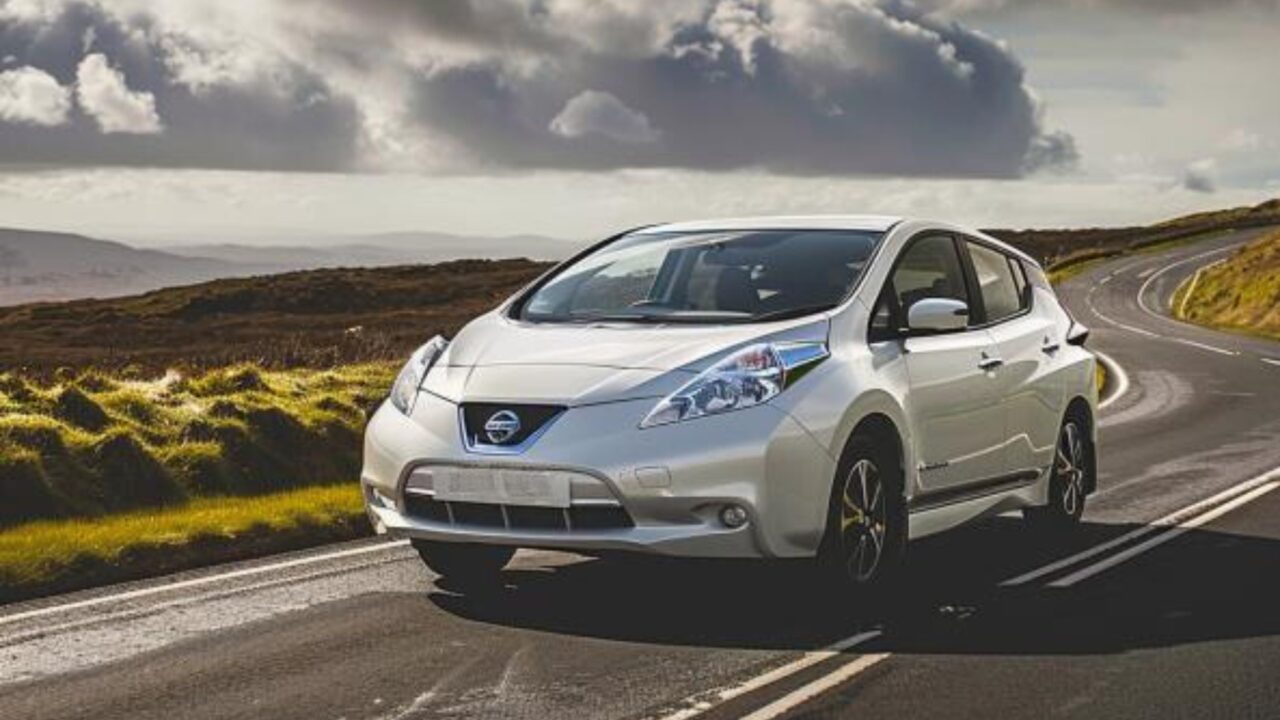The move to electric vehicles (EVs) globally has seen many countries implementing strategies to encourage adoption. In the UK, the government’s approach to incentivising EVs reveals a significant gap when compared with others across Europe.
The Incentive Landscape
Recent studies, including one by Leasing Options and reported by Energy Live News, place the UK 23rd out of 30 European countries in terms of electric car purchase incentives. We offer an average of £1,875 over the last three years. When you look at this time period it is important to see that the £3,000 grant was offered in 2020 and finished completely in 2023.
This figure contrasts sharply with countries like Romania, Cyprus, and France, where incentives are much more substantial. Romania, for example, offers an impressive average incentive of £9,693, which significantly boosts BEV sales within the country.
Comparative Growth in Europe
In contrast, Slovenia, Greece, and Cyprus have experienced remarkable growth in BEV sales, driven by their more generous purchase incentives. Slovenia has seen the highest average sales increase in Europe at nearly 230%. The effect of supportive government policies in accelerating the adoption of electric vehicles is plain to see.

The Driveway Divide
Another significant challenge in the UK’s EV adoption is the “driveway divide”. The EVXperience report by Zenith has gone into detail describing the disparity between EV drivers with access to off-street for home charging and those who have to rely on the public charging network and are unable to have a charger installed at home.
Over half of EV users report significant challenges in solely using public chargers, and this divide highlights a critical area that the Government needs to improve.
Government and Industry Initiatives
To bridge the gap, experts like Tim Buchan, CEO of Zenith who spoke to Forecourt Trader, emphasise the need for government action to equalise VAT on public charging and to enhance the charging network’s capacity. Charge point operators are also called upon to ensure their services are consistent, reliable, and user-friendly.
With 69% of EV owners preferring the convenience of home charging and only 14% primarily using the public EV charging network at charging stations, the divide not only underscores the limitations of the current infrastructure but also signals the need for a comprehensive strategy to make EV charging an electric car more accessible and reliable for all.
Digital Retailing and Financial Incentives
The automotive industry is poised to introduce aggressive financial incentives to accelerate the switch to electric. Tony Whitehorn, former CEO of Hyundai UK, suggests that discounts could reach up to £8,000 on popular EV models.

Additionally, the role of digital retailing in facilitating EV sales suggests a shift towards online engagement for potential buyers.
This positive outlook is supported by ongoing initiatives, such as the conversion of BT green boxes into charging hubs and the significant growth in the number of charge points, which increased by 46% in January 2024 compared to the previous year.
These developments signal a concerted effort to address the infrastructure gap and pave the way for a more connected and electric-driven UK. As the country seeks to enhance its position and address the challenges within the EV sector, collaborative efforts from the government, industry, and consumers are essential.
